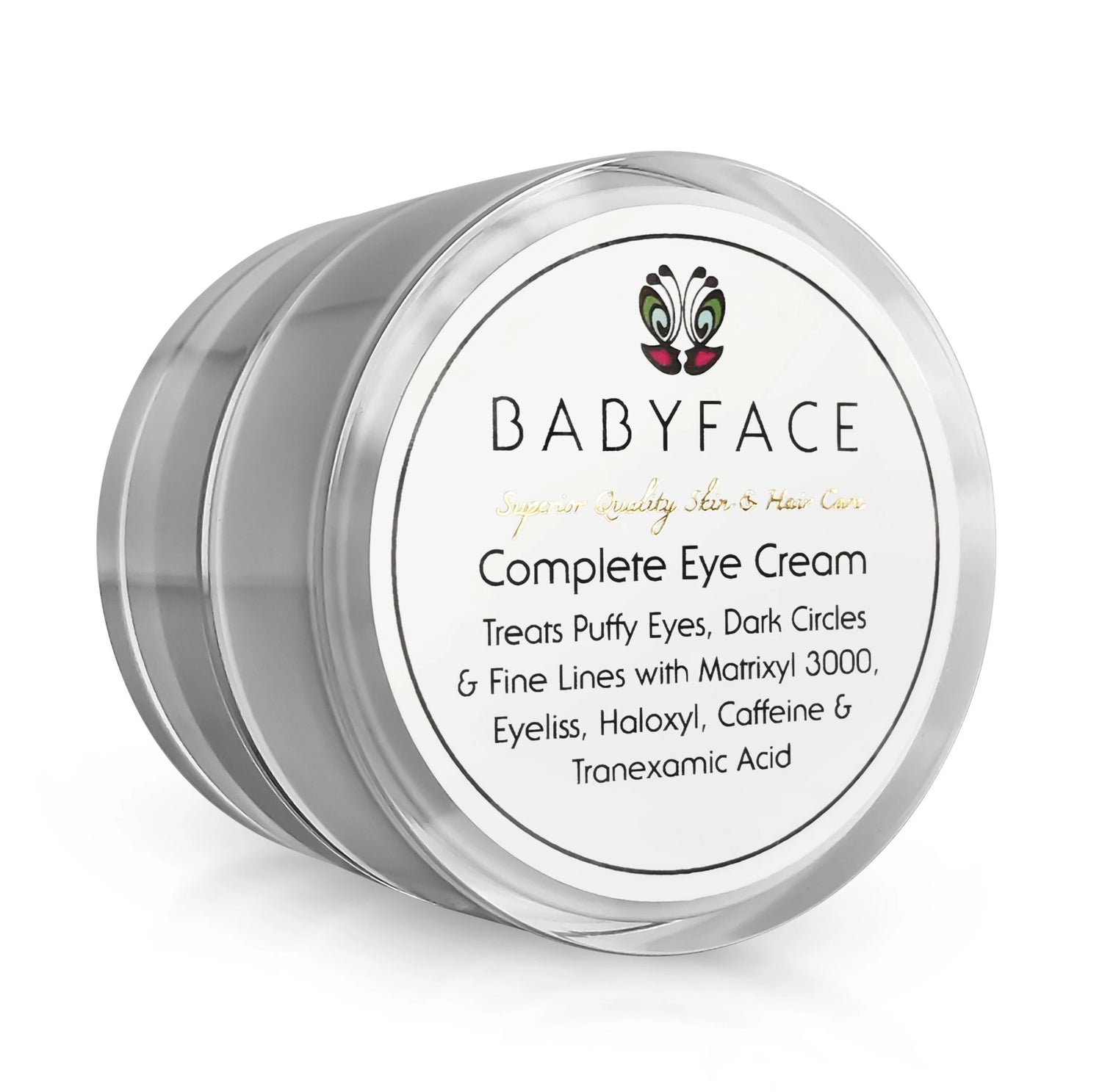Lactic Acid, The Gentlest Way To Exfoliate Sensitive Skin
Giorgia G.Share

Have you given up on exfoliation?
I hear ya. When your skin is dry and sensitive, peeling off a layer or two turns your face into a flaky, red mess. Glycolic Acid irritates your skin. Scrubs are a no-go, too. What’s left?
Let me introduce you to Lactic Acid. I know what you’re thinking. An ACID? On SENSITIVE skin?
Hear me out, ladies (men, too!). Lactic acid isn't like the other acids. It’s a gentler kind kind.
What’s Lactic Acid?
Lactic acid is a natural acid found in milk, vegetables, fruits and other plants. It belongs to the Alpha Hydroxy Acid (AHA) family, the same family as Glycolic Acid.
What sets Lactic Acid apart from all its acid relatives is its molecular structure. Lactic acid is bigger than Glycolic Acid so it can’t penetrate your skin as deeply. That’s good news for sensitive skin: it means it can give you pretty much the same benefits as Glycolic Acid minus the flakiness and redness that often comes along with it (for your skin type).
Lactic Acid Fades Wrinkles & Dark Spots
Scrubs manually remove dead cells from the surface of your skin, Lactic Acid takes a difference approach. It dissolves the “glue” that holds skin cells together so they can slough off on their own. Similar to Glycolic Acid, but Lactic barely touches the living tissue, so there is less chance of irritation.
These skin cells are old. They’ve been battered by the elements, roasted by the sun, dried out by the harsh winds… They’re so damaged, they rough up your skin, make it look dull and tired and tarnish it with dark spots.
Once Lactic Acid has helped them disappear, the newer, healthier cells that were hiding underneath can finally come to the surface. They’re a lot smoother to the touch. Still have their radiant glow. Are more even toned, too.
That’s the power of exfoliation. It brightens up your skin, fades away your dark spots and even makes your wrinkles look smaller!
Lactic Acid Hydrates Skin
Lactic Acid ain’t just a one trick pony. It doesn’t only exfoliates your skin. It hydrates it, too.
This acid is a humectant. That’s what scientists call ingredients that attract water from the environment into your skin and bind it there. All that water helps quench your skin’s thirst and plumps it up, too.
Lactic Acid has one more trick up its sleeve, too. It repairs the skin’s protective barrier by increasing the amount of lipids (the barrier’s building blocks) in its top layer. This way, water can’t evaporate and your skin stays well-hydrated for hours. It also helps keep irritants out!
Who Can Use Lactic Acid?
Everyone can use Lactic Acid but it’s more effective for certain skin types and conditions:
- Sensitive skin that can’t tolerate other exfoliating methods
- Mature, dry skin that needs the extra burst of moisture
- Anyone who has never tried a peel before (lactic acid is the gentlest acid used in peels, so it helps you build up your resistance).
How Do You Use Lactic Acid?
There are two ways to use lactic acid.
The most common - and safest - way to use lactic acid is in OTC exfoliating treatments. These treatments can be used once or twice a week. They’re very gentle but, unless Lactic Acid is joined by its cousin Glycolic Acid like in our Blueberry Oxygen Mask, the results are subtle.
If you’ve got dark spots to remove and want to speed up the process, peels are the way to go. Our 40% Lactic Acid Peel Professional Strength Peel is a professional treatment - just like the kind you’d get in a doctor’s office. It’s much more powerful so should be used with extra care. Lactic Acid may be gentle, but at these concentrations, it still has irritation potential.
If you decide to go for a peel, do a patch test two days beforehand. This is NOT optional. If it irritates your skin, rinse it off with cold water. Cold water neutralises the acid. This is why your aesthetician also washes your face after a peel before applying serum and sunscreen. The good news? Downtime with Lactic Acid is pretty much non-existent!
If you’ve always avoided exfoliation because of irritation, you have no excuses now. Get yourself some Lactic Acid. It’ll do the trick.
